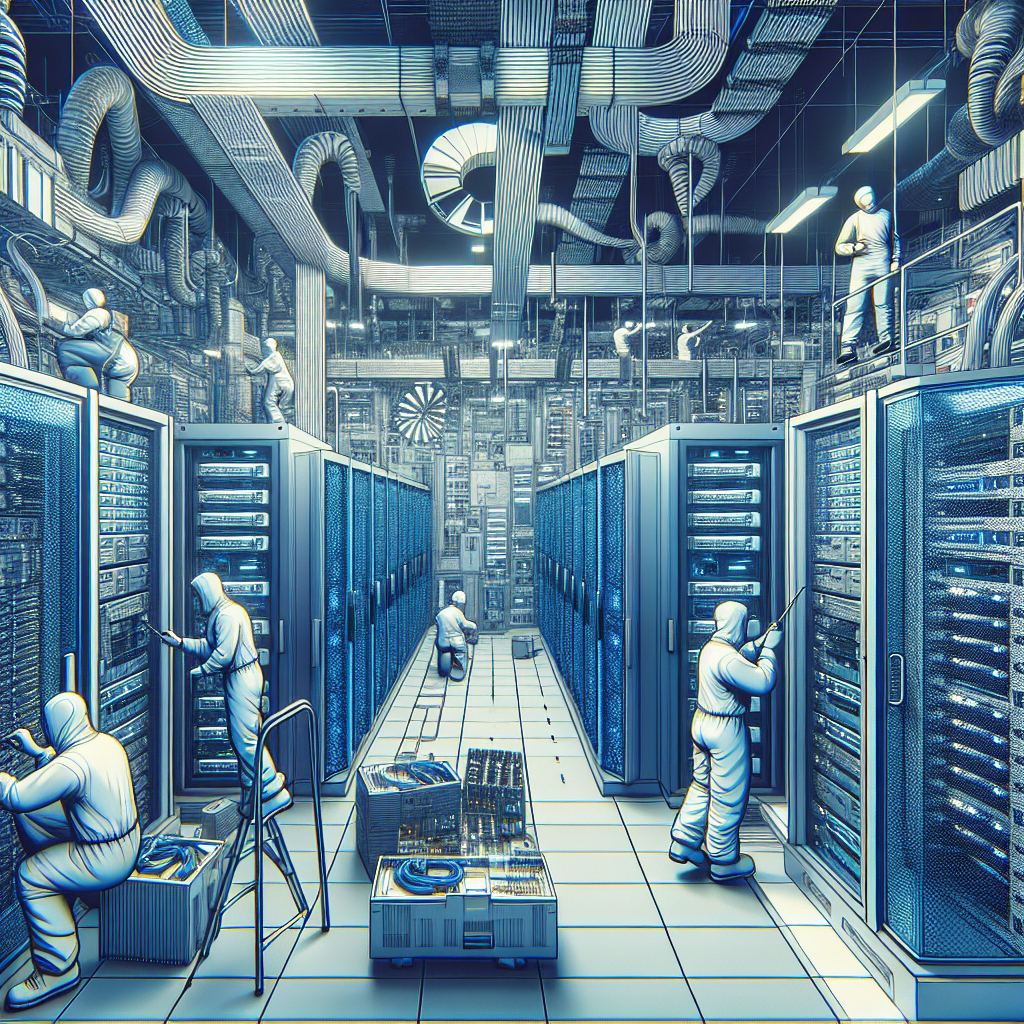In recent years, data centers have become an essential component of the digital economy, serving as the backbone for storing, managing, and processing vast amounts of data. As technology continues to evolve at a rapid pace, data center servicing has also seen significant advancements and innovations to meet the growing demands of businesses and consumers alike.
One of the biggest trends in data center servicing is the shift towards edge computing. Edge computing brings computing resources closer to the data source, reducing latency and enabling faster processing of data. This trend has led to the development of edge data centers, which are smaller, more distributed facilities located closer to end-users. This approach is particularly important for applications that require real-time data processing, such as autonomous vehicles and smart cities.
Another key trend in data center servicing is the adoption of artificial intelligence (AI) and machine learning (ML) technologies. These advanced tools are being used to optimize data center operations, improve energy efficiency, and enhance security. AI and ML algorithms can analyze data in real-time, predict equipment failures before they occur, and automate routine maintenance tasks, reducing downtime and increasing the reliability of data center services.
In addition to edge computing and AI/ML, data center servicing is also seeing innovations in the areas of cooling and energy management. Traditional data centers consume a significant amount of energy to keep servers cool, leading to high operating costs and environmental impact. To address this issue, data center operators are exploring alternative cooling technologies, such as liquid cooling and free cooling, which can significantly reduce energy consumption and improve efficiency.
Furthermore, data center servicing is also embracing modular and containerized solutions to increase scalability and flexibility. Modular data centers are pre-fabricated units that can be easily deployed and expanded as needed, allowing businesses to quickly adapt to changing demands without the need for costly infrastructure upgrades. Containerized data centers, on the other hand, are portable units housed in shipping containers, offering a cost-effective and mobile solution for temporary or remote data processing needs.
Overall, the latest trends and innovations in data center servicing are focused on improving performance, reliability, and efficiency while reducing costs and environmental impact. As businesses continue to rely on data centers to support their operations, it is essential for data center operators to stay ahead of these trends and leverage the latest technologies to deliver high-quality services to their customers. By embracing edge computing, AI/ML, advanced cooling solutions, and modular/containerized infrastructure, data center servicing will continue to evolve and meet the ever-growing demands of the digital economy.


Leave a Reply